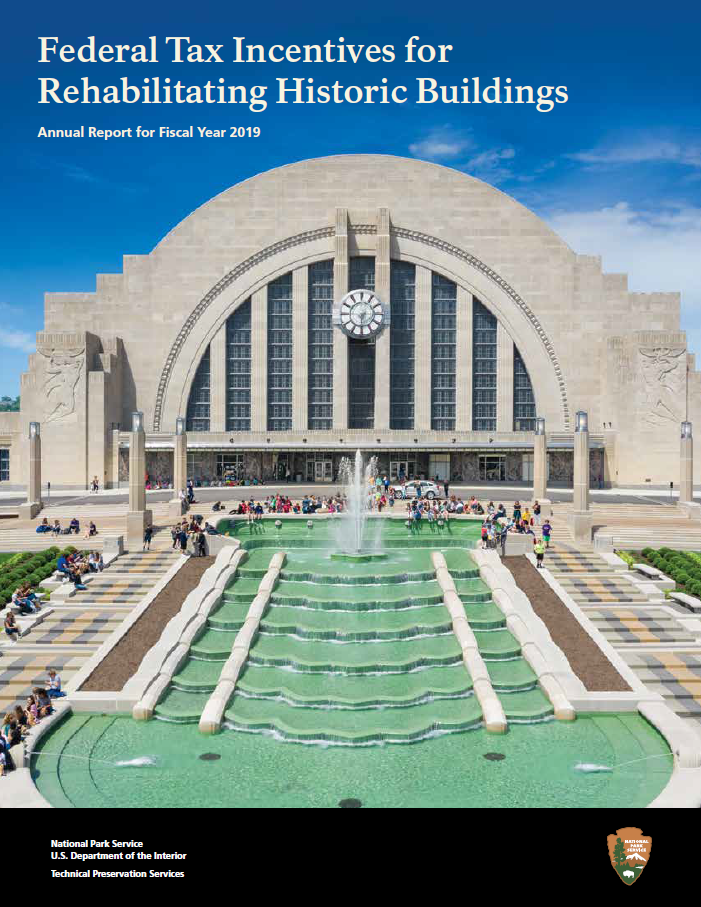The Federal Historic Preservation Tax Incentives Program, administered by the National Park Service in partnership with the State Historic Preservation Offices, is the nation’s most effective program to promote historic preservation and community revitalization through historic rehabilitation. With over 45,000 completed projects since its enactment in 1976, the program has leveraged over $102.64 billion in private investment in the rehabilitation of historic properties—spurring the rehabilitation of historic structures of every period, size, style, and type in all 50 states, the District of Columbia, Puerto Rico, and the U.S. Virgin Islands.
Commonly known as the Historic Tax Credit, the program provides a 20-percent Federal tax credit to property owners who undertake a substantial rehabilitation of a historic building in a business or income-producing use, while maintaining its historic character. In a three-part application process, the National Park Service certifies that a building is historic, and therefore eligible for the program, and that its rehabilitation meets preservation standards.
The Historic Tax Credit is the largest Federal program specifically supporting historic preservation. It generates much needed jobs and economic activity, enhances property values in older communities, creates affordable housing, and augments revenue for Federal, state, and local governments, leveraging many times its cost in private expenditures on historic preservation. This widely-recognized program has been instrumental in preserving the historic buildings and places that give our cities, towns, Main Streets, and rural areas their special character and has attracted new private investment to communities small and large throughout the nation.
